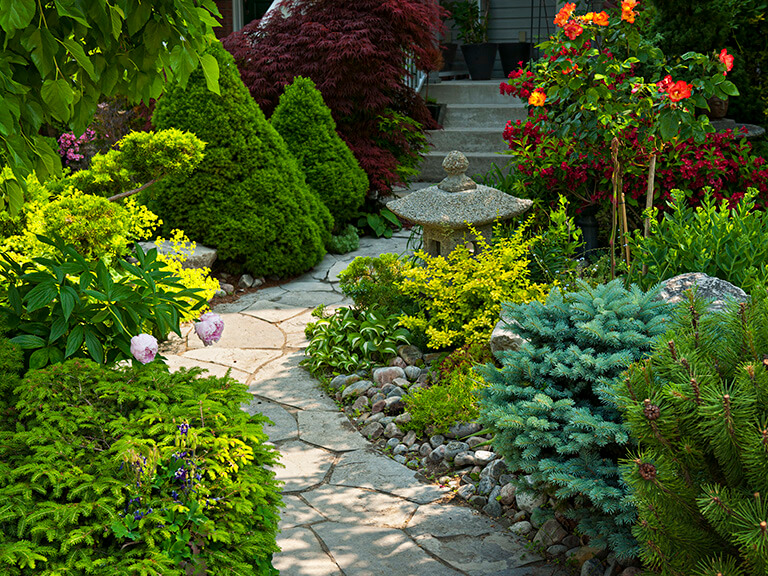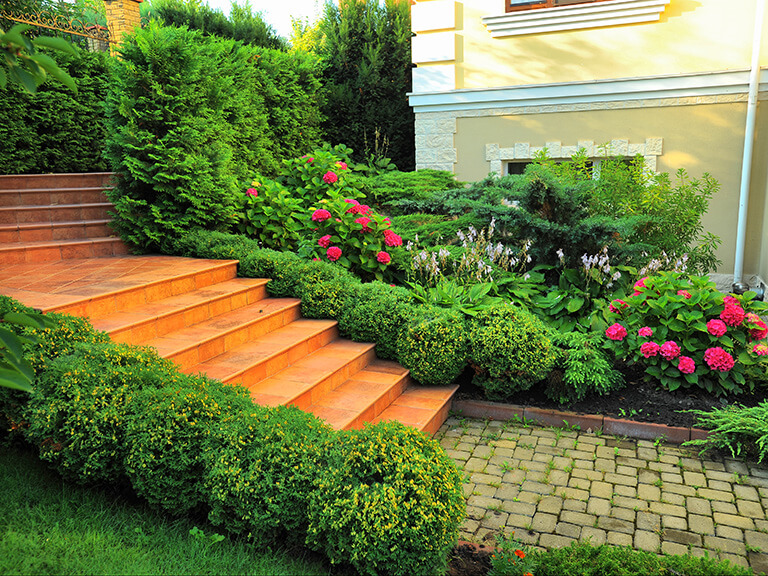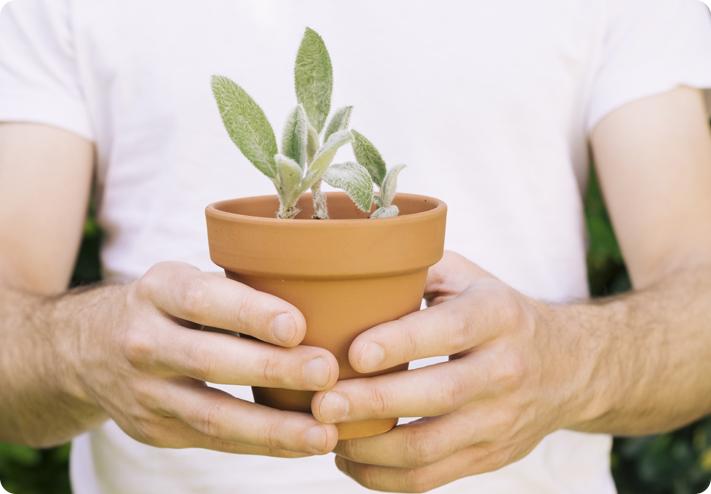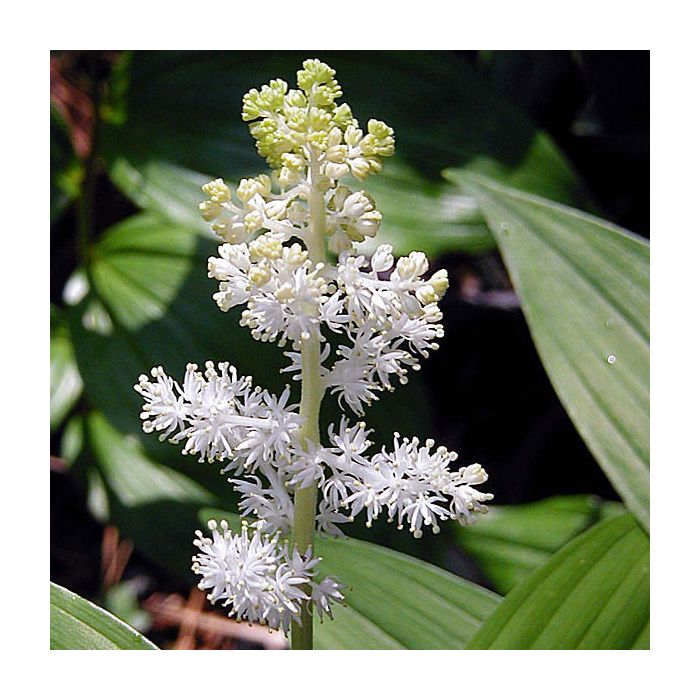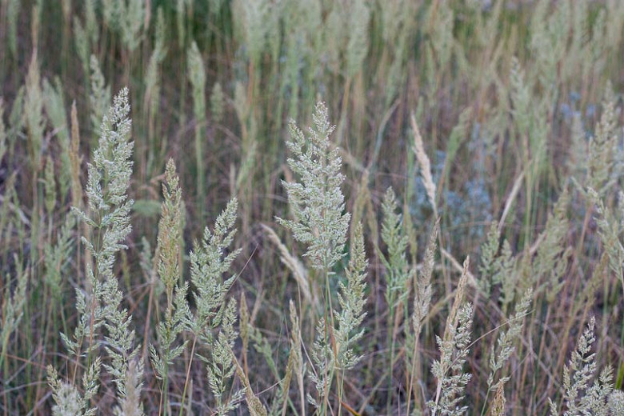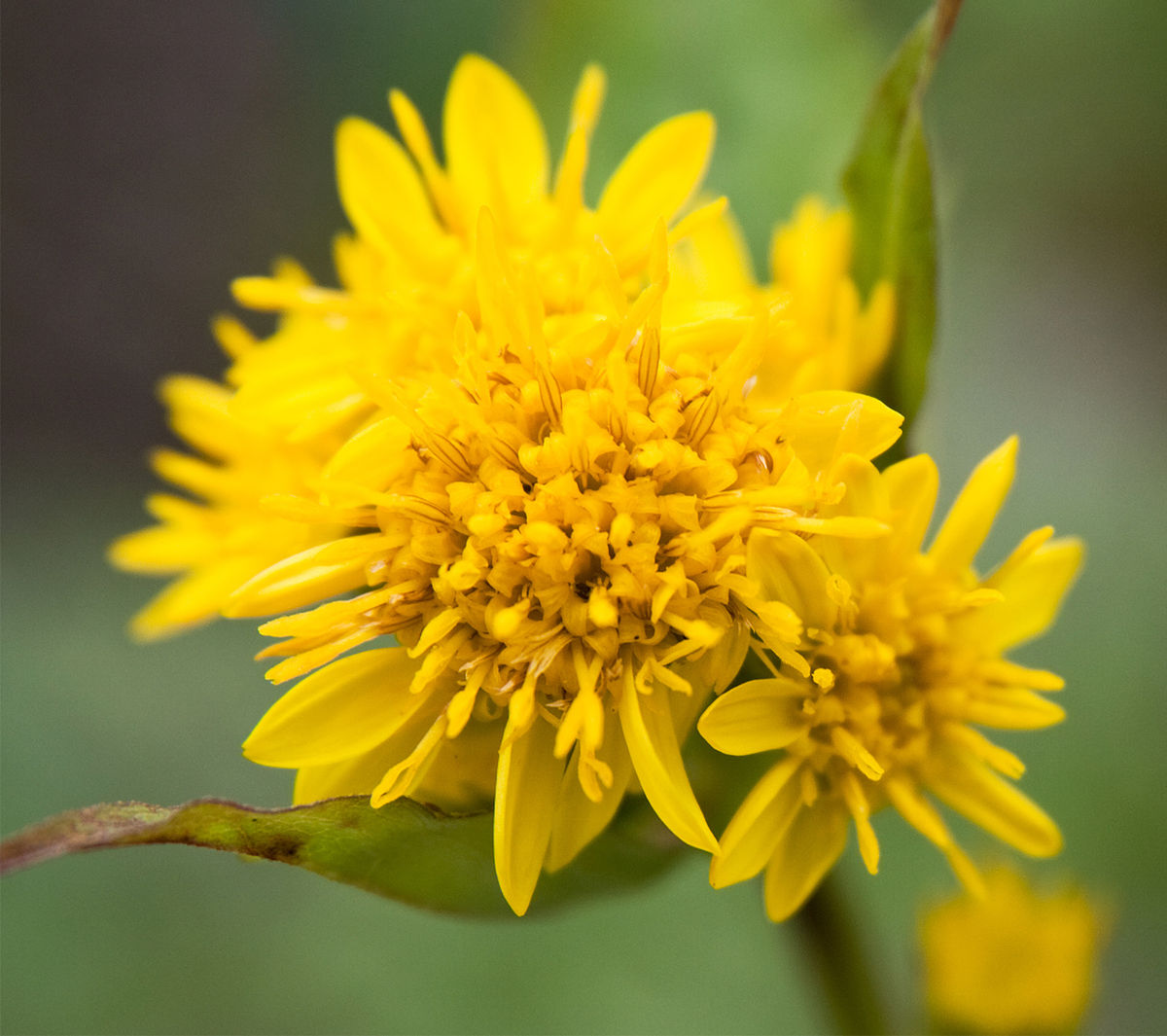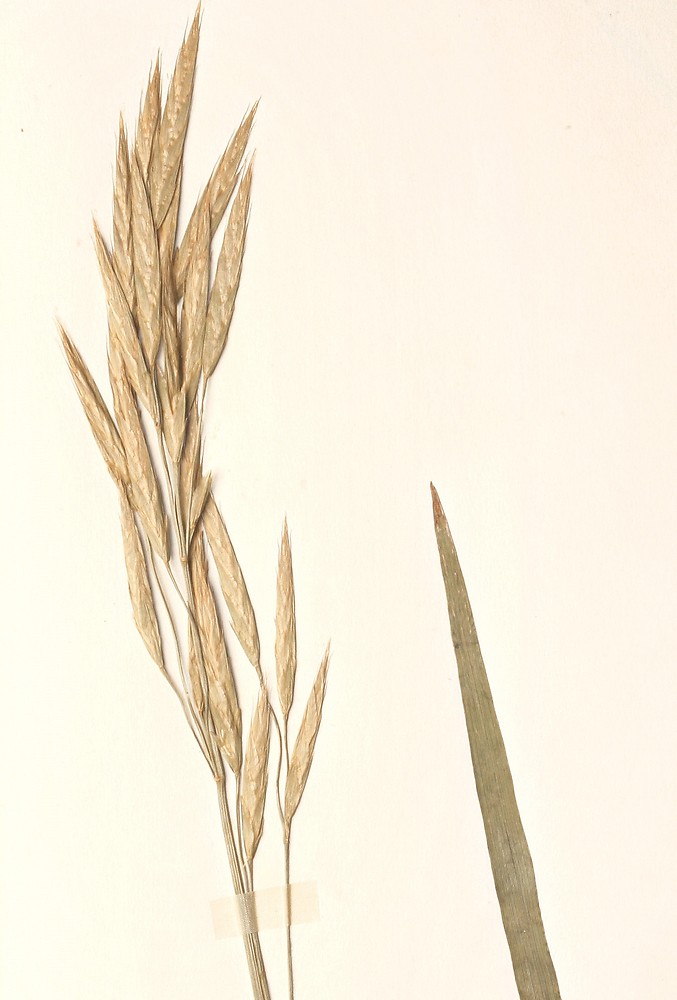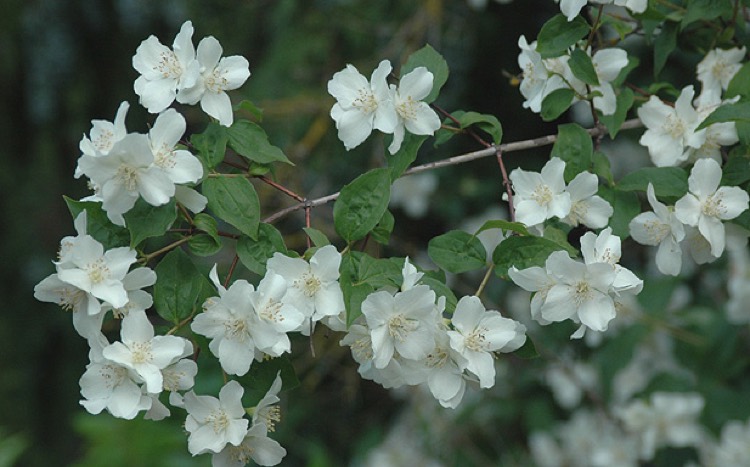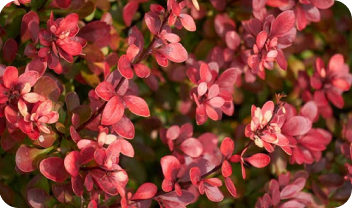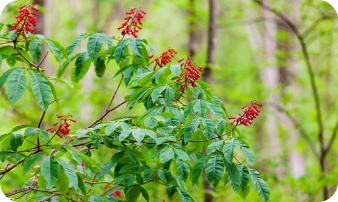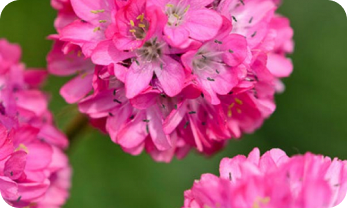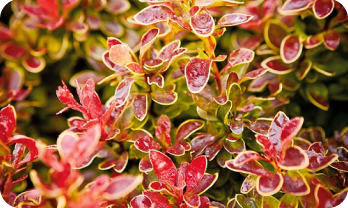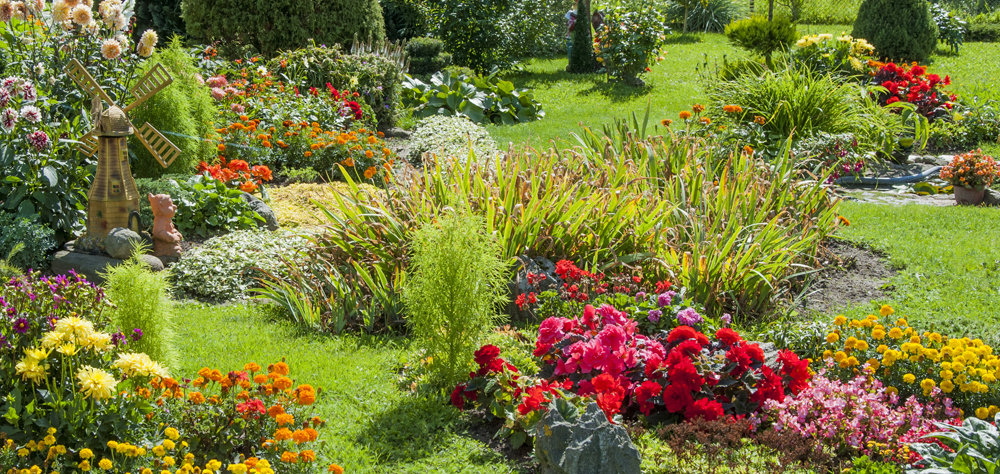Smilacina racemosa
A native of the Pacific Northwest, this clump-forming perennial looks great in the garden. Smilacina racemosa has a graceful architectural appearance: Its strong, slightly arching stems have deep green alternating leaves with strong parallel veins running up to the tip. Plume-like clusters of small, white flowers-make sure to enjoy their unexpected rose fragrance-crown this perennial in mid-spring. By late summer appear showy, round red berries that are sometimes spotted with purple. False Solomon's seal is drought tolerant and grows well in dry, shady locations. It is natural for the woodland garden and great in combination with rhododendrons, sword fern, Cascade Oregon grape (Mahonia nervosa), hostas, and lily-of-the-valley shrubs (Pieris).
